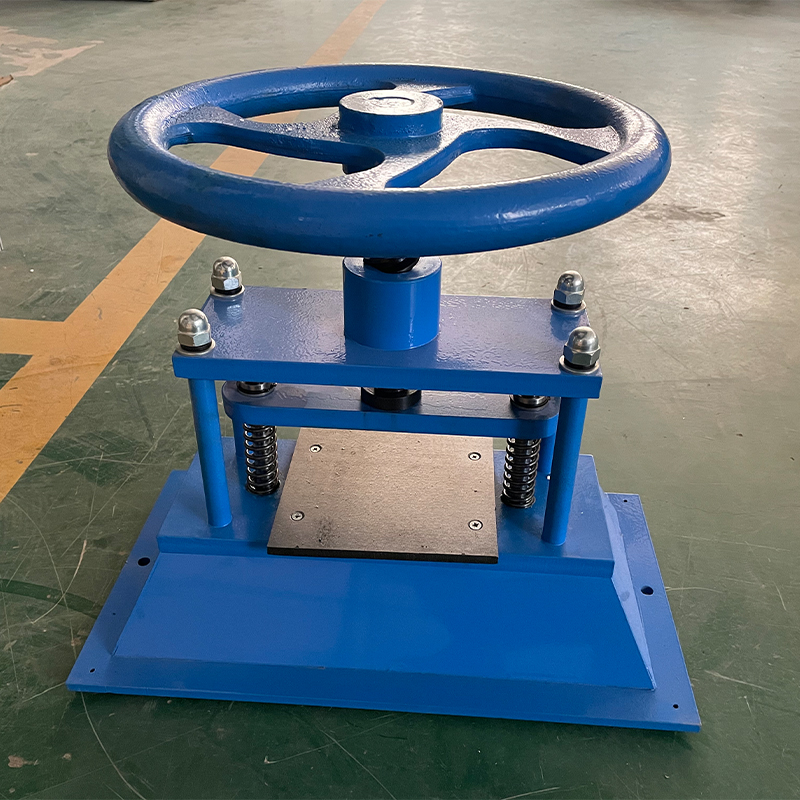cable combustion testing machine
Understanding Cable Combustion Testing Machines Importance and Functionality
In the modern era of manufacturing and safety standards, the importance of testing electrical cables cannot be overstated. As cables are integral in everything from residential buildings to complex industrial systems, ensuring they meet stringent safety standards is paramount. One critical instrument in determining the fire safety of cables is the cable combustion testing machine. This device plays a crucial role in assessing the flammability and fire resistance of various cable materials.
The Need for Cable Combustion Testing
Cables are often installed in environments where they are at risk of exposure to fire. The consequences of cable failure during a fire can lead not only to property damage but, more importantly, to loss of life. Therefore, regulatory bodies have established standards that dictate how cables should behave in fire conditions, leading to the development of several testing protocols such as IEC 60332 and UL 1581. These standards specify the methodology for testing cable performance in combustion scenarios.
The cable combustion testing machine is designed specifically to conduct these tests rigorously and systematically. By simulating actual fire conditions, manufacturers can evaluate the performance of their cables, particularly in how they react to ignition and burning.
Overview of Cable Combustion Testing Machines
A typical cable combustion testing machine includes several key components a combustion chamber, a heat source, and instrumentation for measuring various parameters. The combustion chamber is where the cable sample is placed. This chamber is designed to contain the fire while enabling the precise control of temperature, air flow, and other critical factors necessary to simulate real-world conditions.
The heat source may vary but generally is a powerful electrical resistance or gas burner capable of producing the high temperatures required to ignite the cable materials. Instrumentation and sensors track important variables such as flame spread, smoke production, and heat release rate, providing valuable data on the behavior of the cable during combustion.
cable combustion testing machine

Testing Procedures
The testing procedure typically begins with preparing the cable sample according to specified dimensions to fit the testing machine’s standards. Once the sample is secured in the combustion chamber, the testing machine is calibrated to the exact conditions outlined by the relevant testing protocol. The heat source is then activated, allowing the combustion process to unfold.
Throughout the test, the machine collects data on how the cable burns. Key metrics include the time to ignition, duration of burn, flame spread rate, and the amount of toxic smoke produced. This information is crucial for manufacturers and regulatory bodies as it helps in determining compliance with established safety standards.
Impact on Safety Standards
The data generated from cable combustion testing is instrumental in influencing safety regulations. When manufacturers present their findings, it supports claims of compliance, which can also inform consumers and industries about the safety and reliability of the cables they are using. Consequently, regulatory agencies can use this information to adapt existing standards or develop new ones, ensuring that all cables in circulation meet the highest safety benchmarks.
Conclusion
In conclusion, cable combustion testing machines represent a vital element in the quality assurance process for electrical cables. By simulating fire conditions and measuring the performance of cables under duress, these machines help safeguard lives and properties. As technology advances and new materials are developed for cable production, the importance of rigorous testing remains a cornerstone of fire safety in electrical installations. Stakeholders from manufacturers to regulatory agencies must continue to prioritize these testing processes to ensure the highest standards of safety in our increasingly electrified world.
-
DQ-F Superfine Wire Conductor Resistance Fixture: High-Precision Testing
NewsAug.30,2025
-
ZC36 High Insulation Resistance: Reliable & Safe Performance
NewsAug.29,2025
-
CX-100 Manual Hydraulic Core Punching Machine - Efficient & Reliable
NewsAug.28,2025
-
Reliable Performance Testing with Advanced Aging Chamber Solutions
NewsAug.23,2025
-
Advancing Precision with Profile Projector Technology
NewsAug.23,2025
-
UV-LED Ultraviolet Crosslinking Technology: Innovation and Prospects
NewsAug.23,2025
 Copyright © 2025 Hebei Fangyuan Instrument & Equipment Co.,Ltd. All Rights Reserved. Sitemap | Privacy Policy
Copyright © 2025 Hebei Fangyuan Instrument & Equipment Co.,Ltd. All Rights Reserved. Sitemap | Privacy Policy

